Picking between a dresser and a wardrobe isn’t always simple. Both store your clothes, but they work differently and take up space in their own ways.
The better choice depends on a few things—how much room you have, what you wear most days, and how you like to organize your stuff.
Below is a clear look at the pros and cons of each, so you can decide what actually fits your home.
What Is a Dresser?
A dresser is a low, wide piece of furniture with stacked drawers. It typically reaches waist or chest height, putting everything within easy reach.
You may have heard the term "chest of drawers" and wondered if it's the same thing. There's a subtle difference: a chest of drawers tends to be tall and narrow, while a dresser is shorter and wider.
Dressers are built for folded clothes—think t-shirts, sweaters, and jeans. The flat top also gives you a surface for a mirror, TV, or decorative items.
One benefit worth noting: dressers adapt easily over time. Many people repurpose them as TV stands, entryway consoles, or buffet tables when their needs change.

What Is a Wardrobe?
A wardrobe (sometimes called an armoire) is a tall, freestanding cabinet that functions like a portable closet. It often stands as tall as a built-in one.
Inside, most wardrobes feature a rod for hanging clothes. Many modern designs also include shelves, tie racks, or jewelry drawers to help you stay organized.
Wardrobes work especially well for items you want to keep wrinkle-free, such as suits, dresses, and coats.

Storage Space & Clothing Types
Your clothing habits can guide you toward the right choice.
Matching Furniture to Clothes
The key difference comes down to whether your clothes need folding or hanging. Wardrobes tend to hold more overall because they make use of vertical space.
When to Use a Dresser
Dressers are ideal if most of your wardrobe consists of foldable items—t-shirts, jeans, pajamas, and socks. Each drawer can serve a different purpose, making it easy to keep things sorted.
Hanging items don't fare well in dressers since they'll need to be folded, which often leads to wrinkles.
When to Use a Wardrobe
A wardrobe becomes essential if your closet includes formal wear, business attire, or coats. The hanging rod keeps these pieces visible, maintains their shape, and allows airflow to keep fabrics fresh.
It's also a great option if you prefer grabbing clothes off a rail rather than ironing out creases.
Space and Size Considerations
The piece you choose should complement your room, not overwhelm it.
Floor Space vs. Vertical Space
Dressers extend along walls but stay low. Wardrobes rise tall and occupy less floor area, though they can look bulky in certain spaces.
Room Layout
Low dressers help small rooms feel open and tuck neatly under windows. Tall wardrobes, by contrast, may make rooms with low ceilings feel cramped.
Safety note: Wardrobes should be anchored to the wall to prevent tipping, especially if you have children or pets.
Practicality for Moving
Wardrobes are heavy and challenging to relocate—something renters should consider. Dressers are generally lighter and easier to move without disassembly.
Style and Aesthetics
Both dressers and wardrobes come in a variety of finishes—wood, metal, or plastic—so finding one that complements your room is easy.
Dressers as Decor
The top surface of a dresser provides space to display photos, jewelry, or a mirror. Because dressers stay low, the wall above opens up for artwork or other decorative touches.
A stylish dresser can anchor the room and tie together your overall design.

Wardrobes as Statements
A wardrobe is a substantial piece that almost functions like a second wall in your space. Styles vary from ornate antique armoires to clean, modern designs.
Styling tip: Painting wardrobe doors the same color as your walls helps it blend in and appear more like a built-in.
Ease of Use & Organization
How you use your storage day-to-day matters as much as how it looks.
Using a Dresser
Drawers help keep dust off your clothes. File-folding items vertically (the Marie Kondo approach) lets you see everything at a glance.
One thing to note: overfilling drawers with bulky items can cause them to jam.
Using a Wardrobe
Hanging your clothes keeps them visible, which makes planning outfits simpler. A wardrobe also gives you a place for "not dirty, not clean" clothes—so they don't end up draped over a chair.
Durability note: Too many heavy coats on a single rod can cause it to sag or break over time.
Combined Solutions
Many people store everyday basics in a dresser and reserve the wardrobe for specialty items. If folding feels like a chore, a wardrobe may suit you better. If hanging is tedious, a dresser is the easier choice.
Pros and Cons Summary
Pros of a Dresser
- Stays low, so it works well in rooms with low ceilings or fits neatly beneath a window.
- The flat top gives you a surface for decor, a TV, or everyday essentials like a lamp or key tray.
- Drawers sit at a comfortable height, making it easy to grab what you need quickly.
- Generally lighter and simpler to relocate than a full-size wardrobe.
- Available in many styles and sizes, from small 3-drawer chests to wide 9-drawer units.
Cons of a Dresser
- No hanging space—only suitable for folded items.
- Requires more floor area for equivalent storage, which can be a drawback in tight spaces.
- Bulky items like blankets or winter coats don't fit well in standard drawers.
- Lower-quality builds may warp or slide poorly over time under heavy use.
Pros of a Wardrobe
- Combines hanging space with shelves or drawers, all in one piece.
- Makes good use of vertical space, storing more without a large footprint.
- Keeps clothes visible and aired out, reducing wrinkles and simplifying outfit choices.
- Closed doors conceal everything inside, giving your room a tidy appearance.
- Some models include mirrors or allow you to customize the interior with shoe racks and more.
Cons of a Wardrobe
- A tall profile can overwhelm a small room if the proportions aren't right.
- Heavier and harder to move; flat-pack versions often require assembly.
- Swing doors need clearance to open (unless you opt for sliding doors).
- Typically costs more than a basic dresser due to size and construction.
- It can become cluttered if overfilled—you may still need bins for smaller items inside.

Which Should You Choose?
Choose a Dresser If...
Your wardrobe consists mostly of casual, foldable clothes like jeans and t-shirts. A dresser keeps these items organized without wasting space on hanging rods.
Frequent movers also benefit from dressers since they're lighter and easier to transport. If you already have a closet, a dresser adds extra storage for smaller items.
Choose a Wardrobe If...
Your apartment lacks a built-in closet. A wardrobe provides the dedicated hanging space you need.
It's also the better fit if you own suits, dresses, or formal pieces that shouldn't be folded. For shared rooms, a wardrobe can easily be divided—one side for you, one for your partner—giving each person their own space.
Consider Both
If your room and budget can accommodate it, using both pieces offers the best of both worlds. Keep everyday basics in a dresser while reserving the wardrobe for coats and formal wear.
Best Dresser Choices If You Decide a Wardrobe Isn’t Needed
Once you've settled on a dresser for your bedroom, these two highly rated options offer a solid balance of style and practical storage.
For a Relaxed, Everyday Feel
54" Rustic Farmhouse 6-Drawer Dresser
Why it works: This six-drawer dresser provides ample storage for bedrooms without taking up the floor space a wardrobe demands. The combination of shallow and deep drawers helps you sort clothes, books, and small items with ease.
Key Features:
- 6 drawers for clothing, linens, and bedside essentials.
- Compact profile ideal for small bedrooms or paired with a wardrobe.
- Farmhouse wood grain finish with antique-style knobs and solid wood tapered legs.
- Includes safety anchors for secure use.
For Flexible, Modern Storage
Jagger Set of 2 Fluted Modular Dressers
Why it works: This modular double dresser delivers wardrobe-level storage without claiming your vertical wall space. Fluted drawer fronts and brass-accent handles bring a modern feel, while the deep drawers make it simple to keep everything in its place.
Key Features:
- Two 3-drawer units for flexible bedroom storage (use together or separate).
- Deep drawers with smooth 45mm slides.
- Fluted fronts and mixed-metal handles for a sculpted, modern look.
- Durable MDF construction with easy setup.
Final Thoughts
Neither a dresser nor a wardrobe is inherently better—the right choice comes down to your personal needs.
Consider your room size, the types of clothes you own, and whether you rent or own your home. These factors can shape how well each option fits into your daily routine.
By understanding these differences, you can select the piece that keeps your bedroom tidy and makes getting dressed a little easier.
Discover dresser styles that fit your space →


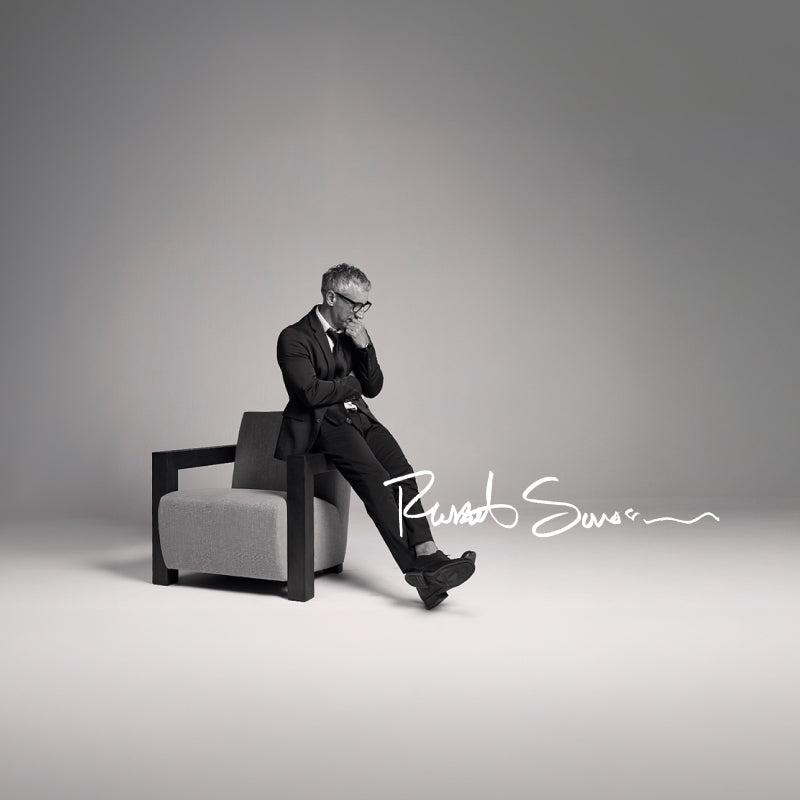
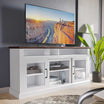
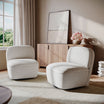
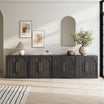



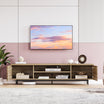
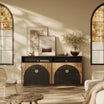

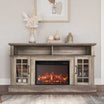
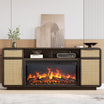

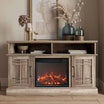

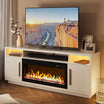

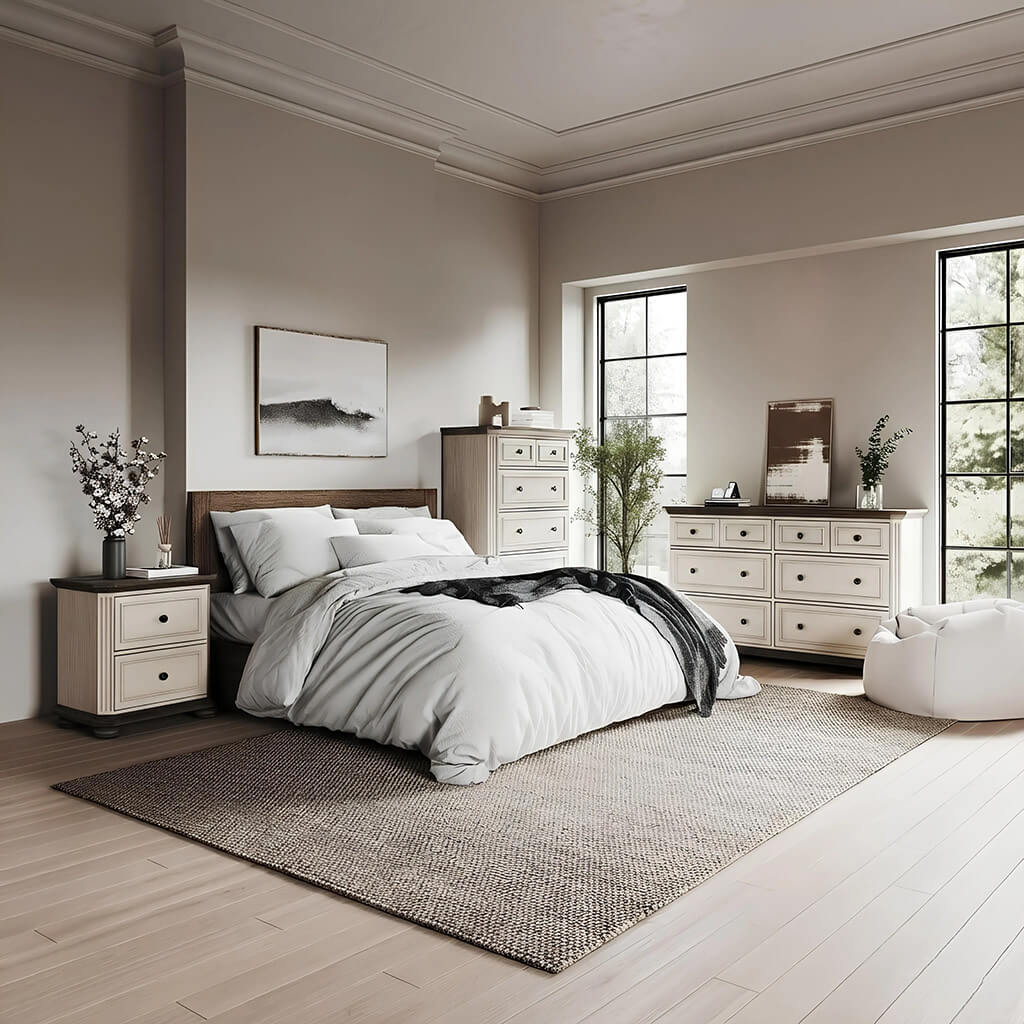


Leave a comment
This site is protected by hCaptcha and the hCaptcha Privacy Policy and Terms of Service apply.